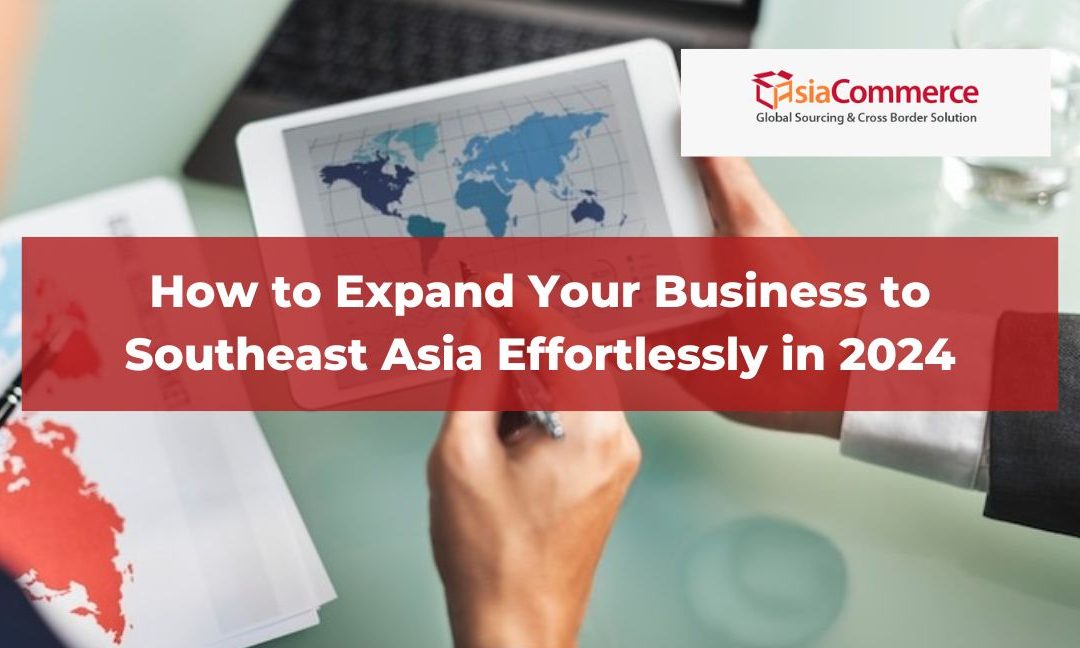
by Arsyad Dena Mukhtarom | May 7, 2024 | Market Entry
Do you need tips how to expand your business to Southeast Asia Easily in 2024? As we step into 2024, the opportunities for expanding your business into Southeast Asia are more promising than ever before. With its rapidly growing economies, diverse consumer base, and...
by Aviccena Izzul | Apr 23, 2024 | Market Entry
It’s not just the way Malaysian consumers are shopping that’s shifting, but how they shop. Fashion trends have evolved beyond formal dresses, blending tradition and functionality. With the rise of fashion eCommerce, there’s been a move from formal wear to...
by Aviccena Izzul | Apr 16, 2024 | Market Entry
Introduction In recent years, the Philippines has emerged as a dynamic hub for fashion, blending traditional influences with contemporary trends to create a unique and vibrant fashion landscape. From bustling urban centers to remote rural communities, Filipino fashion...
by Aviccena Izzul | Apr 6, 2024 | Market Entry
Overview of Malaysia E-commerce Market The Malaysian e-commerce market has seen exponential growth in the last few years. It is one of the fastest-growing economies in the Southeast Asian region, with a projected revenue of 10.19 billion USD in 2023. Since the country...
by Aviccena Izzul | Apr 4, 2024 | Market Entry
Introduction In recent years, the skincare industry in the Philippines has witnessed remarkable growth, driven by evolving consumer preferences, increasing disposable incomes, and a growing awareness of skincare routines. This burgeoning market presents a plethora of...
by Aviccena Izzul | Mar 28, 2024 | Market Entry
In recent years, the skincare industry in Malaysia has experienced remarkable growth, driven by various factors such as changing consumer preferences, increasing awareness about skincare routines, and the influence of social media. This article delves into the...


